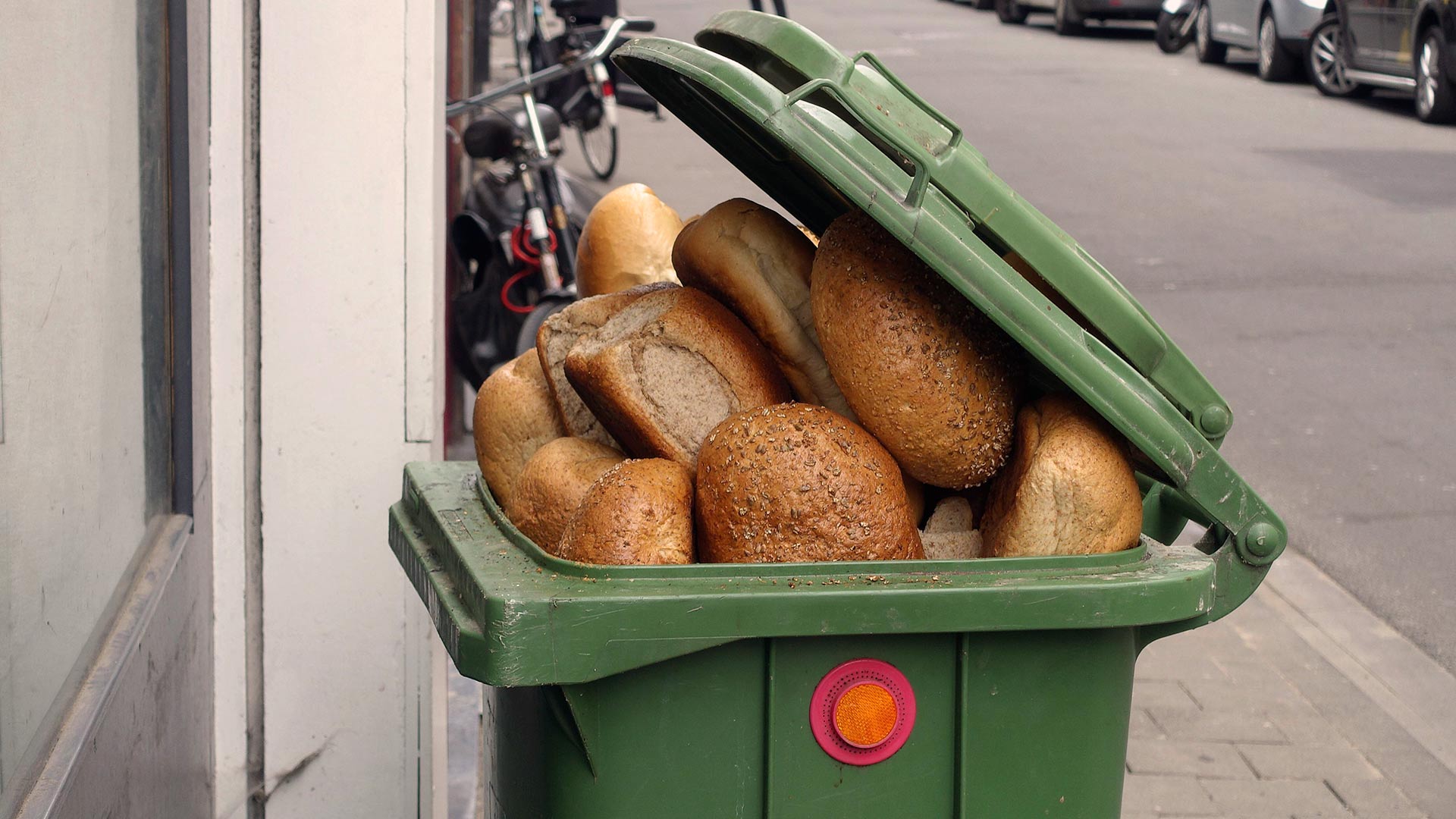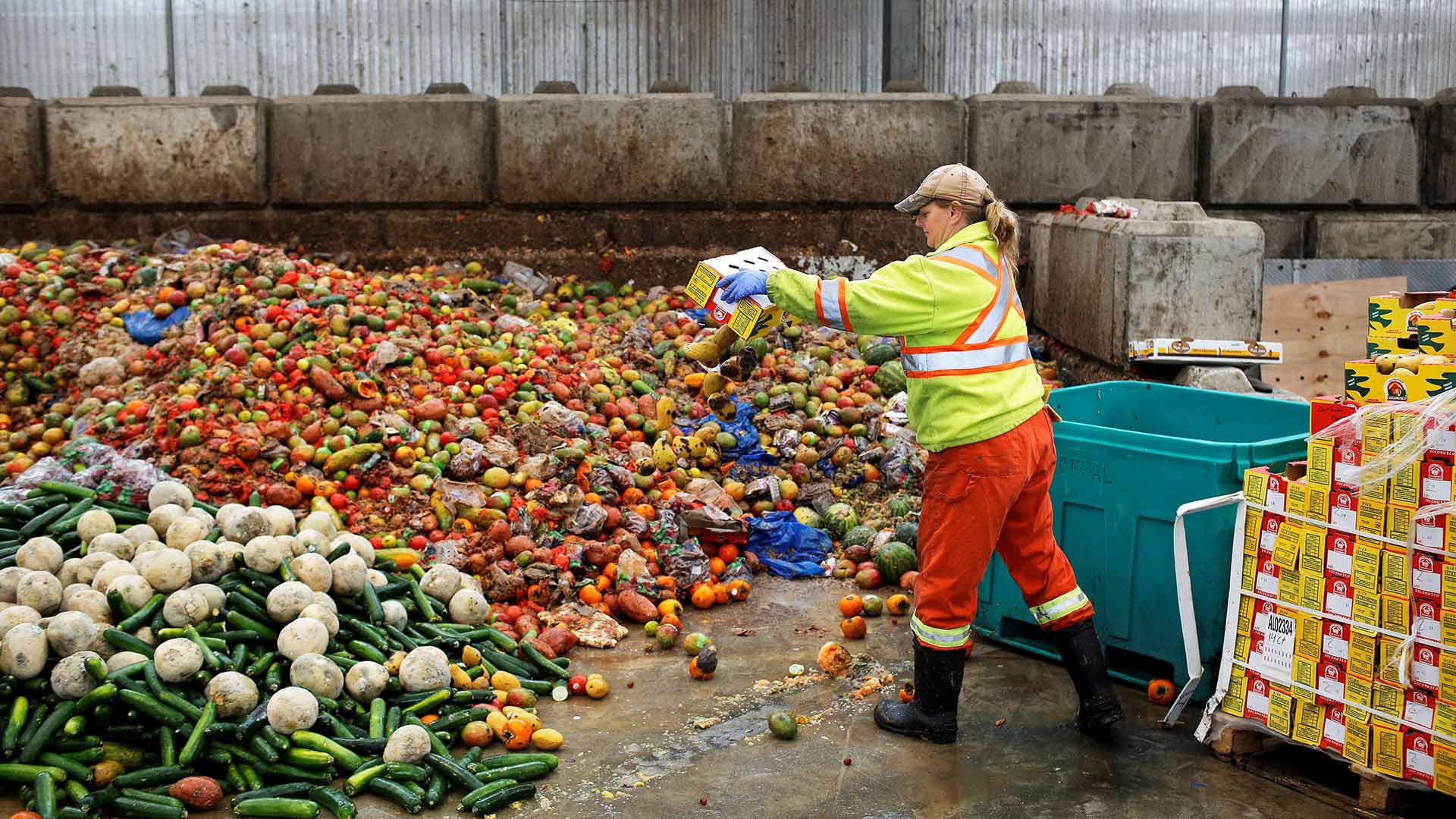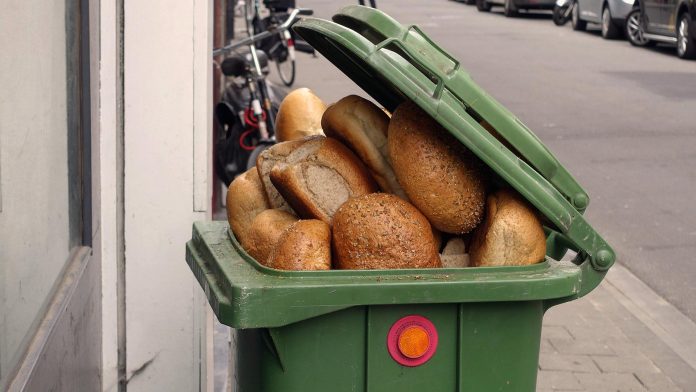The Germans love their bread. Or not? Bread and baked goods are among the most frequently thrown away foods in Germany. It's 1.7 million tons per year! The harvest from around 398,000 hectares of arable land is wasted. This corresponds to the area of Mallorca.
The problem goes much further: 40 percent of all food produced worldwide never ends up on the plate. This is what our current study shows “Driven to Waste“. In total, we waste around 2.5 billion tons of food every year worldwide, of which 1.2 billion tons are produced in agriculture alone.
How food waste is damaging our environment
This is a moral and ecological catastrophe. Because our food requires an enormous amount of land, water and energy. Also for the production of food waste! A full ten percent of global greenhouse gas emissions can be attributed to global food waste. The losses in agriculture alone require around four and a half million square kilometers of arable and pasture land. This corresponds to the area of the entire European Union. This includes losses that occur during production on the field, before or during the harvest, as well as losses in livestock. These are also results of our new study.
Until now, food waste has been monitored by the Food and Agriculture Organization of the United Nations (FAO) estimated at 1.2 billion tonnes. The increase now determined results from estimates made for the first time for losses before and during the harvest or before slaughter. At the same time, the volume of food production has increased significantly since 2011.
What politicians should do about food waste
By definition, food waste is only considered after harvest or slaughter. This systematically ignores losses that are purely system-related and independent of the weather or pests. This includes, for example, the production of surpluses from contract suppliers so that sufficient “quality goods” can be delivered. This also includes price fluctuations, which can mean that it is cheaper for the farmer not to harvest but to plow under. Or reduced sales opportunities due to competing imported goods.

Findings from the report show that the entire food supply chain needs to be held accountable to ensure that less is lost right from the start. In Germany, the data situation on the causes and amounts of losses is still incomplete. There are also no reliable figures on how much is left on the field. Or instead of ending up on the plate as animal feed or in the biogas plant. But they urgently need to be collected systematically and regularly. Across the entire supply chain!
Follow us on social media
The federal government loudly declares that it wants to halve food losses by 2030. This also includes taking into account the causes and losses in agriculture.

But it doesn't help to just bash politics. We can also in private, a lot against the throwaway society do. Because private households are responsible for around 40 percent of wasted food. And saving food is active environmental and climate protection. There are many, many tips that everyone can follow. I think the most important thing is:
5 tips to combat your food waste
-
Best before date is not an expiry date!
Rely on your senses and not on the best-before date. This only indicates the point in time until which the manufacturer guarantees the shelf life. But it says nothing about when the food is actually still edible.
-
Don't be tempted by offers!
“Pay two, get three” – sounds good, but it’s often nonsense because the third yogurt ends up in the trash. Only buy as much as you really need.
A bulk purchase tempts you to randomly load groceries into your shopping cart. It's better to make small purchases more often, where you only buy as much as you can use. And another tip: A few packs of frozen vegetables at home will take away the fear of suddenly starving on Sunday.
-
Put aged fruit in the blender
Nobody likes eating wrinkled apples, brown bananas or mealy pears anymore, of course. In the smoothie, you no longer notice any blemishes on the fruit. Therefore: put it in the mixer! Vegetables that are no longer quite as fresh can also be used to make fresh soup.
-
Immerse yourself in the art of cooking leftovers!
Cooking with leftovers is especially fun because you can let your imagination run wild and don't have to follow a recipe meticulously. For example, the vegetable patties made from leftovers from the blog meine + leben offer inspiration. Or our delicious oven slips!
What else can you think of? Write to us!
Follow us on social media:


